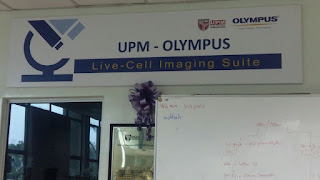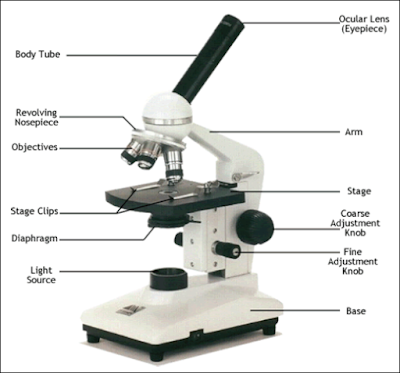Hi and Greetings !
So, this time I’ll talk about topic 3 that is
Prokaryotic cells. In this 3 times lectures, I have gained many information and
knowledge about prokaryote. In fact, I have gained so much experience on the
activities conducted by Dr. Wan herself. It was very awesome !
It all starts from the word “microorganism”. We have
known that Microbiology is the study of small living things. But is there life
in microorganisms? So, to identify it, there were biologist state that life
must have at least the following processes, that was :
- Growth
- Reproduction
- Responsiveness
- Metabolism
- Cellular
Structure
Figure
1 : Similarities and Differences between Prokaryotes and Eukaryotes
So what is Prokaryotic Cell?
- It
is include bacteria and Achaea
- Size
range from 0.2 – 2.0 um (diameter) and 2 – 8 2 um (length)
- Lack
of :
o
Membrane-bound nucleus
o
Cytoskeleton
o
Membrane-bound organelles
o
Internal membranous structures
There were also many shapes of bacteria I have ever
studied as shown on the Figure 2 below.
Figure
2 : Bacterial Shapes and Arrangements
I also have identified on what makes a species to
have a particular size and shape. This was caused by the efficient of nutrient intake
and also the decreased susceptibility of predation.
Other that, after learnt about prokaryotic cells, I
able to identify the important structures and also able to explain the
characteristics of functions of the structures of prokaryotic cells.
Link : Summary of important structures and some
explanation of the characteristics of function of prokaryotic cells
Based on the link given, that was one of the
activities that Dr. Wan asked us to do. At the beginning of this topic, she
asked all of us to draw a mind map about prokaryotes on the whiteboard because
she already told us to study this topic first before attending the class. And
the result as we can see from the Figure 4.
Figure
4 : Mind map drew by us.
Other that, I have also learnt about some of the
inclusion and it’s type, including :
- Polysaccarides
granules
- Lipid
inclusions
- Sulfur
granules
- Carboxysome
- Gas
vacuoles
- Magnetosomes
Overall, I have gained so much information much
better about what is prokaryotic cells including able to identified the important structures of prokaryotic cells and
also able to explain the characteristics of functions of the structures of
prokaryotic cells.


























